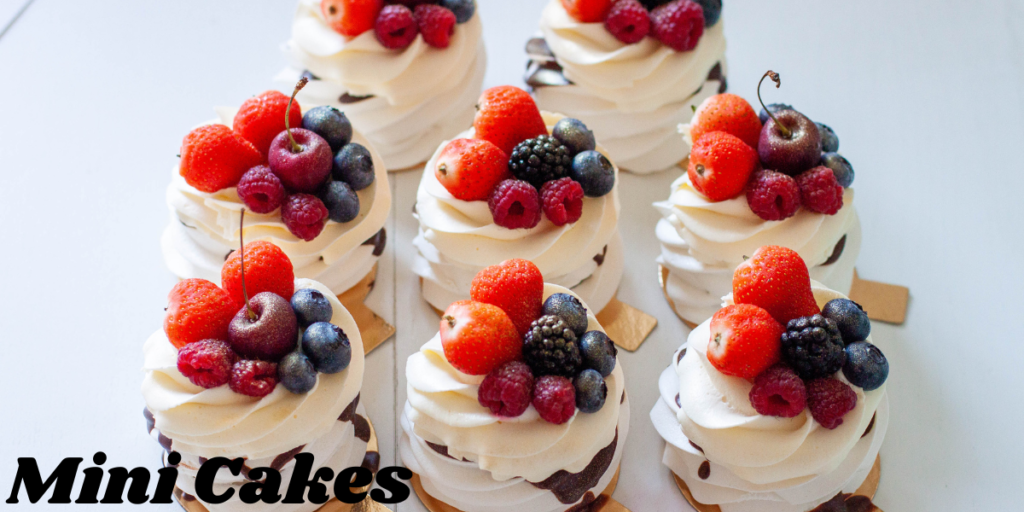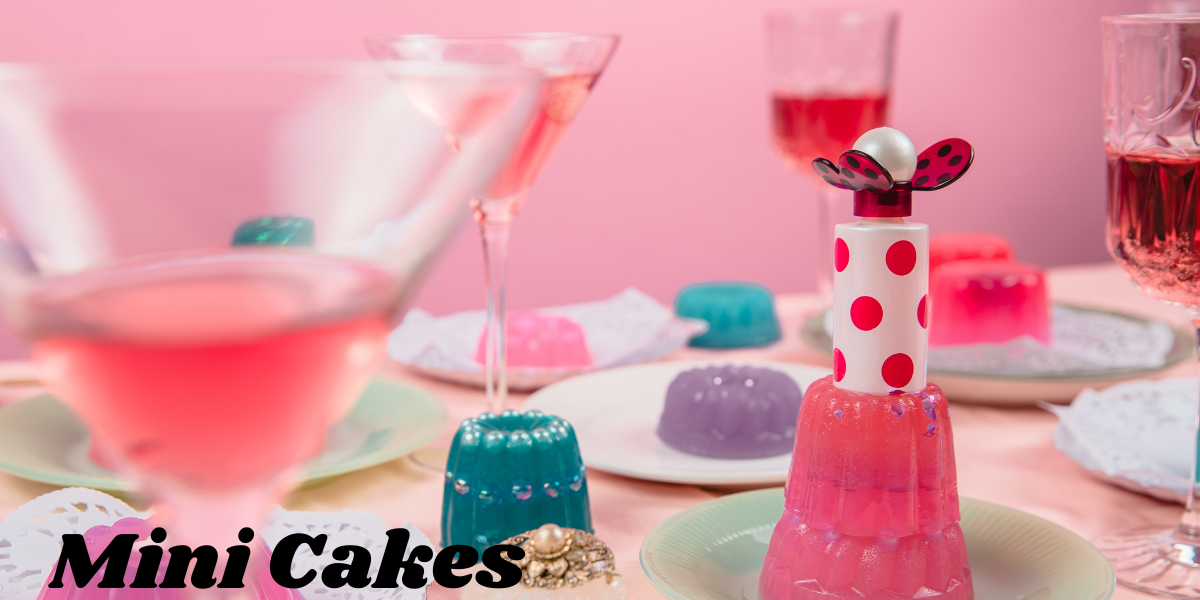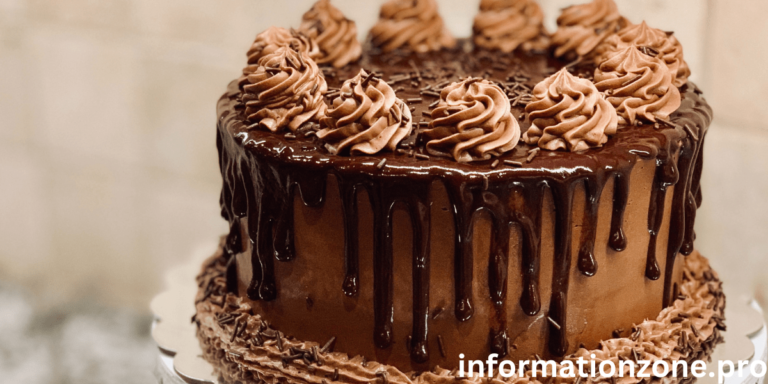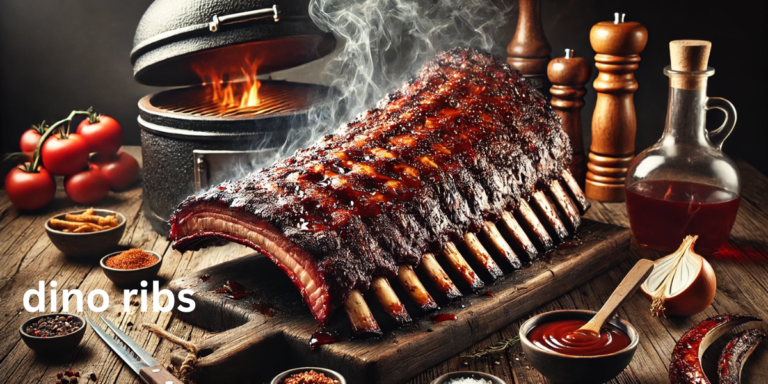7 Essential Tips for Baking Perfect Mini Cakes
Introduction
Any event can be made happier with the delicious treat of mini cakes. These bite-sized treats are the ideal dessert for any occasion, including birthday parties, afternoon tea get-togethers, or just a sweet tooth. Mini cakes, as opposed to their larger siblings, provide countless taste combinations and eye-catching designs that are sure to wow your visitors. However, baking them is more complicated than it first appears. To guarantee that every cake turns out perfectly moist and tasty, accuracy and attention to detail are needed.
We’ll look at seven crucial pointers in this piece that will take your mini-cake game from mediocre to outstanding. With the correct methods, you can produce little works of art that look amazing when displayed in addition to tasting amazing. Let’s explore the realm of mini cakes.

The Value of Appropriate Baking Methods
Mixing ingredients is only one aspect of baking small cakes. It’s an art that demands dexterity and talent.
Using the right baking methods can make or ruin your project. Achieving a pleasing outcome requires knowing how to blend flavors, textures, and temperatures.
For example, the lightness of the cake can be affected by understanding when to fold rather than whisk. Dense textures that are far from optimal can result from overmixing.
Controlling the temperature is also very important. The rings of an overheated oven may burn before the center is cooked through. Low temperatures, on the other hand, could result in delicacies that are underbaked.
Accuracy is ensured by using instruments like thermometers and scales. Your little cakes go from being ordinary to amazing with these little touches!
Tip 1: Make Use of Superior Ingredients
The ingredients you use to bake small cakes can have a significant impact. Superior ingredients make your treats stand out by enhancing flavor and texture.
Choose real vanilla extract over imitation. The depth of taste will significantly improve the character of your cake. Better structure and a deeper flavor are offered by fresh eggs.
Real butter gives a creaminess that margarine just cannot match, so don’t cut corners. Use locally sourced or organic items wherever possible; they are frequently more fresh.

Another important component is flour. To avoid additives and achieve a more natural taste, opt for unbleached all-purpose flour. Chocolate should also not be overlooked! A simple cake can be transformed into a decadent masterpiece with the addition of high-quality chocolate chips or cocoa powder.
Keep in mind that every component adds to the final result of your miniature cakes. Investing in quality is worthwhile if you want a genuinely enjoyable experience that makes people want to return for more.
Tip 2: Take precise measurements
When preparing small cakes, precise ingredient measurement is essential. A slight variation can cause the texture and flavor to be off, which can produce unsatisfactory outcomes.
Invest in a high-quality set of spoons and measuring cups. When working with dry components, use the scoop-and-level technique. Using a straight edge, level the flour after spooning it into the measuring cup. By using this method, you can be sure that the cup isn’t overfilled with flour.
Use liquid measuring cups with clear measurements marked on the side when working with wet materials. To prevent overpouring, place them on a level surface and check from eye level.
Remember to zero out your dish before adding any ingredients when using scales. This exact method elevates minicake quality by preserving uniformity between batches.
Tip 3: Get your oven ready and get your pans ready.
In order to bake flawless little cakes, you must first preheat your oven. Your cakes will cook more evenly and rise more gracefully if your oven is properly heated. Before you begin combining ingredients, set the temperature in accordance with your recipe.
Spend some time getting your pans ready while the oven warms up. For easier removal later, grease them well or line them with parchment paper. Sticking delicate little cakes is the last thing you want.

If you want to achieve distinct shapes or layers, think about utilizing pans of varying sizes. Just bear in mind that smaller pans typically bake faster, so watch them as they bake.
When it comes time to serve, these actions will provide the groundwork for success and let those little cakes shine in terms of taste and appearance!
Tip 4: Pay Close Attention to the Recipe
There’s a reason why recipes are created. It’s important to pay great attention because every component affects how your little cakes turn out.
Carefully following the recipe results in a balance of flavors and textures rather than just combining items. Unexpected outcomes may arise from deviating from measurements or procedures.
Make a note of the baking times and techniques that the recipe calls for. These subtleties frequently determine whether a cake is moist or dry.
Additionally, don’t speed through it; carefully study each step before beginning. This will assist you in foreseeing any difficulties that may occur when baking.
Although it can be tempting to try new things occasionally, following tried-and-true recipes closely is the key to perfecting small cakes. Accept their advice as it guides you to delicious results each time you bake.
Tip 5: Pay Attention to Baking Temperatures and Times
When constructing small cakes, baking temperatures and times are quite important. Precision is essential since these tiny pleasures can be extremely sensitive to temperature fluctuations.
Always follow the recipe instructions to the letter. Cakes that are overdone or dry might result from even a few more minutes in the oven.
Your baking time may change slightly from the specified time because every oven behaves differently. It is advisable to use a cake tester or toothpick to check for doneness a few minutes prior to the suggested time.
Additionally, be mindful of the temperature settings; too high will result in uneven baking, while too low can result in cores that are overcooked. To ensure precision, an oven thermometer comes in helpful.
Keep in mind that smaller cakes they bake more quickly than larger ones because of their small, and for optimal results, watch them closely during baking!
Tip 6: Before decorating, allow the cakes to cool.
When your little cakes are perfectly baked, it’s important to allow them to cool before decorating. Cakes can solidify and become much simpler to handle when cooled. You run the danger of melting the icing or having it slide off completely if you frost or decorate them while they are still warm.
For best air circulation, place your small cakes on a wire rack. This guarantees a uniform cooling process and helps avoid sogginess. Be patient; allowing them to cool down can improve their appearance and flavor.
Once they have fully cooled, you may let your imagination run wild! Cakes that have been adequately cooled can be decorated with intricate frosting patterns or a simple dusting of powdered sugar providing the ideal backdrop for any type of design. Have fun with your baking!

7 Tip: Try Various Flavors
The variety of flavors available for small cakes is virtually endless. In the kitchen, don’t be scared to use your imagination. This is your opportunity to experiment with unusual pairings that may surprise and delight.
For a refreshing boost, think about including citrus zest or utilizing flavored extracts such as coconut or almond. Your little cakes can be elevated above the norm with these small adjustments.
Adding other spices, such cardamom or cinnamon, gives it depth and warmth. For fuller flavor profiles, chocolate lovers may like combining different cocoa percentages.
Remember the fillings, too! Every bite is a joyful surprise when cake layers are sandwiched with custards or fruit preserves.
Baking is enjoyable and you can find signature flavors by experimenting.
that distinguishes your treats from others. So gather your ingredients and get to work—you never know what delectable masterpiece will be revealed!
Conculsion
Making flawless little cakes may be enjoyable and fulfilling. You can turn your baking sessions into events that produce lovely and delectable products with just a few key pointers. You can make mini cakes that wow friends and family by choosing the correct pan size, measuring ingredients precisely, preheating your oven, using the creaming method for texture, successfully testing for doneness, letting the cakes cool down before decorating, and experimenting with different flavors.
These little treats are adaptable enough to be enjoyed at any time. Learning these tricks will make every bite matter, whether it’s at a birthday party or an afternoon tea get-together. So get those mixing bowls out and prepare some delicious tiny cakes, letting your imagination run wild! Have fun with your baking!







